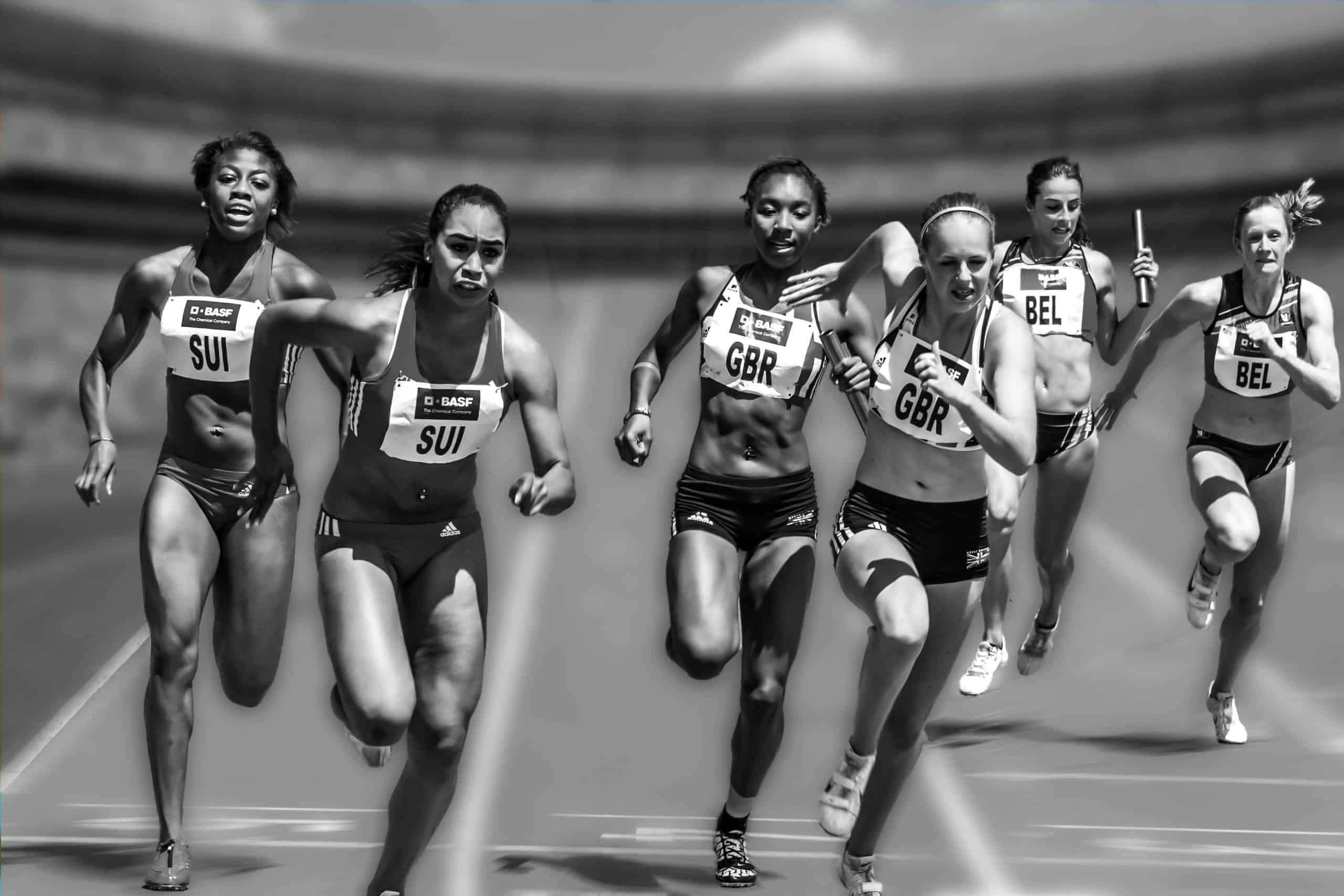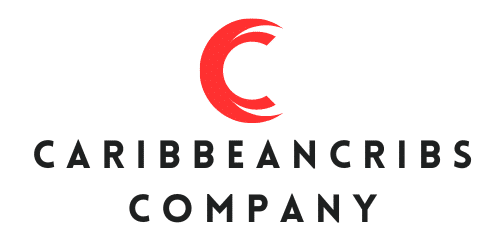How Can Wearable Sweat Analysis Technology Inform Hydration Strategies for Marathon Runners?

As you lace up your running shoes and get ready to hit the pavement for that long-awaited marathon, the last thing you probably think of is your sweat. However, this often overlooked aspect of your workout is actually teeming with valuable data. The field of wearable sweat analysis technology is rapidly evolving, demonstrating the potential to revolutionize how athletes hydrate during training and competition. In this article, we will delve into how this technology works, and how it can inform hydration strategies for marathon runners.
Wearable Sweat Analysis Sensors – A Game-Changer in the Field
The advent of wearable sweat analysis sensors is shifting the paradigm of sports science. These high-tech patches affixed to the skin can measure sweat rate, sodium concentration, and other critical markers. This real-time data allows athletes to better understand and manage their hydration levels, ultimately enhancing their performance in the field.
The science behind these sensors is quite fascinating. When you sweat, you lose not only water but also small amounts of electrolytes such as sodium. These changes can have substantial impacts on your body’s hydration levels. The sensors in the patches analyze these changes in real-time, transmitting the data to a connected device.
The wealth of data garnered from these sensors can be used to create personalized hydration strategies. Instead of relying on generalized guidelines, athletes can now use real-time data reflecting their unique sweat profile.
Sweat Rate and its Impact on Performance
Understanding your rate of sweat is a crucial part of developing an effective hydration strategy. However, until recently, accurately tracking this rate was a daunting task. With the advent of wearable sweat sensors, this is no longer the case. Google Scholar and CrossRef are replete with studies demonstrating the significant impact of sweat rate on athletic performance.
For instance, a high sweat rate could lead to rapid dehydration if not properly managed. This can result in reduced speed, stamina, and overall performance. On the other hand, a low sweat rate may lead to overhydration, which can also negatively impact performance.
By monitoring sweat rate through wearable sensors, athletes can stay ahead of these potential pitfalls. They can adjust their hydration practices based on real-time data, ensuring they remain in the optimal hydration zone.
Sodium Loss in Sweat: More than Just a Salty Issue
Sodium is a vital electrolyte lost in sweat. Its role in maintaining fluid balance and nerve function is critical. When sodium levels fall too low due to excessive sweating, it can result in hyponatremia, a dangerous condition characterized by symptoms such as nausea, headache, confusion, and in severe cases, seizures and even coma.
Monitoring sodium loss in sweat has traditionally been challenging, but wearable sensors are changing this landscape. These sensors can detect changes in sodium concentration in real-time, providing valuable insights into the athlete’s electrolyte balance.
Armed with this data, athletes can tailor their hydration and nutrition strategies to compensate for sodium losses. This could involve consuming sports drinks with higher sodium contents or incorporating more sodium-rich foods into their diet.
The Heart of the Matter: Heart Rate and Hydration
Heart rate is an often overlooked yet crucial component of hydration. When the body becomes dehydrated, the heart has to work harder to pump blood. This can result in an increased heart rate, even when the level of physical exertion remains the same.
Wearable sweat sensors can provide real-time heart rate data alongside sweat and sodium analysis. This comprehensive view allows athletes to discover the link between their hydration status and heart rate.
For instance, if an athlete notices their heart rate increasing despite maintaining a consistent speed, it could be an indicator of dehydration. They can then adjust their hydration strategy accordingly, which could involve drinking more fluids or modifying their pace.
Bringing it All Together: The Road Ahead
The field of wearable sweat analysis technology is burgeoning, showing immense potential in improving athletic performance. By providing real-time data on sweat rate, sodium loss, and heart rate, these sensors offer unprecedented insights into an athlete’s hydration status.
As marathon runners, you can leverage this technology to develop personalized hydration strategies. This kind of data-driven approach is the future of sports science, paving the way for more informed and successful performances in the field.
While the road ahead is promising, it’s important to remember that sweat analysis technology should be used as a tool to complement, not replace, traditional hydration strategies and professional medical advice. As always, listen to your body and consult with a healthcare professional or sports nutritionist to ensure you are hydrating properly for your specific needs and goals.
The Future of Wearable Sweat Analysis Devices
This field is expanding at an unprecedented rate. The potentials of wearable sweat sensors in the landscape of sports science are immense. They can radically transform the way athletes, especially marathon runners, approach their hydration strategies. The ability to obtain real-time data regarding sweat rate, sodium loss, and heart rate variability, in one view, is nothing short of revolutionary.
The advent of these devices opens a separate window for athletes to view and understand their bodies’ unique responses to rigorous physical activities. One of the important findings from these studies on wearable devices, as highlighted by Google Scholar and CrossRef, is the critical role of sweat sodium in maintaining hydration status.
The sweat patch, as it’s commonly known, analyzes the sweat sodium concentration in real-time. This not only helps in maintaining the body’s electrolyte balance but also aids in preventing conditions like hyponatremia that could severely affect an athlete’s performance and health.
Post-exercise sodium losses, an important factor influencing hydration status, can also be effectively managed with the help of these devices. The data helps athletes to devise nutrition strategies that include sodium-rich foods or drinks to compensate for the losses.
Moreover, the wearable sensors can constantly monitor an athlete’s heart rate and provide alerts if it increases due to dehydration. This real-time data assists in making informed decisions about fluid intake or adjusting the pace during the marathon, ensuring optimal performance.
In short, wearable sweat analysis technology can radically enhance the human performance of marathon runners by providing them with real-time, personalized data about their bodies’ responses to exertion and hydration needs.
Conclusion: The Intersection of Technology and Hydration Strategies
It’s clear that wearable sweat analysis technology has the potential to revolutionize hydration strategies for marathon runners. The real-time data these devices provide on sweat rate, sweat sodium concentration, and heart rate can drastically improve the efficacy of hydration strategies, ensuring optimal performance and safety.
However, while the future seems promising, it’s crucial to remember that this technology should serve as a tool to enhance, not replace, traditional hydration methods and medical advice. Listening to your body and consulting with health professionals should always be the primary approach.
The potential of these wearable devices points towards a new avenue in sports science, where individualized, data-driven strategies become the norm. By effectively integrating wearable sweat analysis technology into their routine, marathon runners can ensure they are at their peak performance, minimizing the risk of dehydration and over-exertion. Yet, as we move forward, it’s crucial to strike a balance between these advanced technologies and the fundamental principles of sports science and medical advice. This will ensure that the athlete’s health and well-being are always at the forefront.
